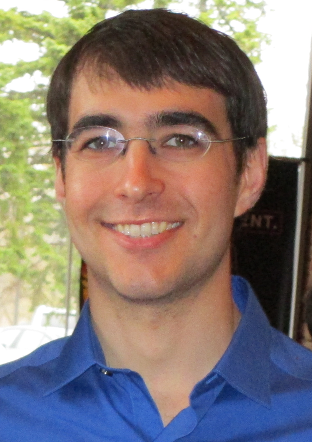
Synthetic materials such as cold atoms provide a valuable platform for studying many-body quantum systems, due to their tunable and well-characterized microscopic properties. A major challenge in cold atoms is the implementation of strong effective magnetic fields together with strong interactions for studies of fractional quantum Hall states. I will describe a new approach to this problem using a synthetic material where the motion of photons, rather than atoms, provides the dynamical degrees of freedom. In this approach, the transverse modes of an optical cavity provide quantized spatial degrees of freedom, while the coupling of photons to atomic Rydberg excitations produces light-matter quasiparticles called Rydberg polaritons that can exhibit strong interactions. We experimentally demonstrate Rydberg polaritons in an optical cavity and show that the polaritons inherit the dynamics of the underlying optical modes up to an overall slowing and an enhancement of lifetime. In a separate setup, we show that an optical resonator with a twisted geometry introduces an effective Lorentz force, leading to photonic Landau levels. These results demonstrate the potential to create systems of strongly-interacting photons in effective magnetic fields, opening the door to novel implementations of topological states of matter.